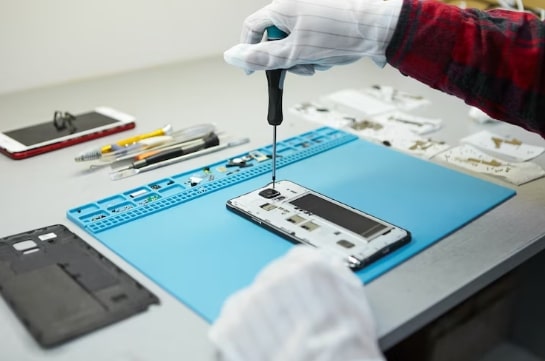The related facts of TIG welding

Welding is the process used for fusing metals in which base metal pieces are melted and connected by a filler material with very similar uniqueness to the parent metal. There are distinctive welding processes like arc welding, gas welding and resistance welding. Tig welding or Tungsten Inert Gas welding is also a gas metal arc welding. It is considered more challenging than any other welding process because it requires the welder to use both hands. In this type of gas welding, the filler rod is manipulated with one hand, and a torch is held in the other.
Instead of flux-coated electrodes, a gas shield purges oxygen from the weld path. Bare wire is fed into the gas shield area while the tungsten electrode burns the bare wire fusing the bare wire to the parent metal. Often, the welders use a foot pedal amperage control, which further adds to the difficulty of welding. However, one of the significant advantages of this type of welding is its higher amperage which allows for greater thickness of metal to be welded, amongst other advantages like the purity of the metal, cleaning etc. This article further discusses some of the benefits of TIG gas welding; continue reading!
- TIG is qualified as being a better-quality weld
- The skill sets used to produce that type of weld are higher on the part of the welder
- The process of TIG usually uses more than one process
- The weld is generally cleaner, allowing for a higher quality of welding overall
- TIG welding is a most respected art category
- The variation of types of metal that can be fused is greater
- This can lead to a more substantial overall weld composite
What metals can be welded using the TIG process?
Almost every metal can be welded with the Tungsten Inert Gas welding process. Carbon and low alloys steels like 4130 Chromoly steel and 1010 carbon steel, Nickel alloys like Hastelloy X and Inconel 718, stainless steels like 17-7ph, 321 and 304 and, Titanium alloys like 6a14v, Aluminium alloys like 5052 and 6061, Cobalt alloys like Stellite 6b and 1605, copper alloys like Nibral bronze and pure copper, Magnesium alloys like az31b. All can be welded using the TIG arc welding process.
Since TIG gas welding extensively uses different metals and alloys, it is used in various industries. Aerospace, art and craft, automobile industries, offshore, chemical, food, nuclear, and building and construction industries are some of the most common TIG welding users. Continue reading and learn more about its applications.
Aerospace- Tig arc welding is widely used to fabricate aircraft and spacecraft. This welding process is a reliable option for fusing intricate aeroplane parts as it offers high precision and unbeatable strength.
Art and craft- Tig is considered to be the best welding process when it comes to working on a piece of art. This works exceptionally well with minimal-thickness metals and offers a smooth finish.
Automobile industry- Safety is the topmost priority in automotive manufacturing; Tig welding is the favourite choice of automobile experts. This ensures vehicles stand the test of time and helps prevent rusting of crucial parts of the car.
Food manufacturing industry- Stainless steel is widely used in manufacturing and packaging, and tig arc welding is considered the most suitable welding process for making and repairing stainless steel.
Building and construction industry- Today’s construction industry is no longer constrained to standard building blocks and concrete; aluminium and steel have become vital components of the construction industry. Fabricating these aluminium and steel panels is made possible using this welding technology.
Read more interesting articles at News Route






